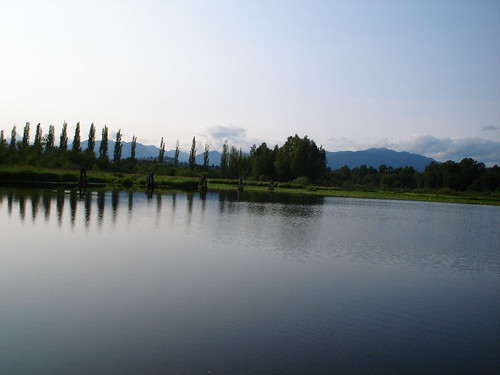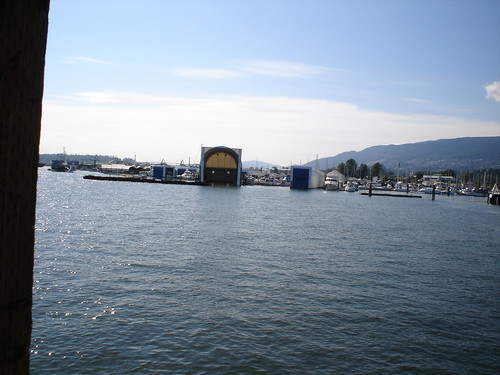One of the things that has struck me a lot throughout the past five years that I have studied water policy is the absolute disconnect that exists between our understanding of the different elements of the hydrological cycle and their interconnectedness. The social sciences literature has examined in great detail issues of water scarcity, but water quality and wastewater treatment are, for the most part, absent from the discussion.
I know that I have always chosen difficult and non-explored questions for my own research, and in this regard, I have created some sort of a niche because very few people study the governance of wastewater. Amongst those very few Canadian scholars who have done work in wastewater and that I know of are Dr. Arn Keeling (whose PhD dissertation was an environmental history of wastewater in Vancouver) and Dr. Jaimie Benidickson (whose book, “The Culture of Flushing“, is a great environmental and social history of flushing in Canada, the United States and Great Britain).
My own work hasn’t dealt with Canadian wastewater, but I do have a fairly solid understanding of the way things work here. I am sure you’ll find it appalling that the city of Victoria, the capital of the province of British Columbia, does NOT have a wastewater treatment plant. The effluent comes straight into the ocean (with some preliminary screening).
A recent post by Matt Collinge about water quality in False Creek reminded me of how little do people in Vancouver AND in Canada think about wastewater. This is something that is prevalent at the larger scale. Professor Dickinson indicates that this is part of “the culture of flushing”, or what I often call, the OOSOOM phenomenon (out of sight, out of mind).
One of my personal pet peeves is that both scholars and non-academics in Canada are SO focused on climate change issues that sometimes they forget other environmental problems that have NOT been solved, including solid waste management (Vancouver’s landfill is about to be entirely full) and wastewater management (we are nowhere near some of the developing countries’ technologies for wastewater treatment, hard to believe as that may be).
My research focus in the area of water policy (I’ve done research in other areas) has examined primarily the role of institutions and the types of rules found in wastewater governance, and the role of watershed councils in strengthening sanitation policy. I found, after that presentation, and having had discussions with other scholars, that I will have to pursue two separate agendas in the future: one on wastewater governance itself and one on watershed councils, and I am very excited about this.
I am curious to know if my readers do think about water scarcity more than they think about what happens once they flush the toilet. Or does even water come into their minds, with so much focus on climate change issues? What do you think?





Recent Comments